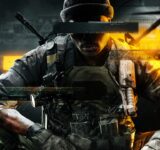For better or for worse, The Witcher 3: Wild Hunt has taken firm root in my mind as the formative gaming experience. Since then, I have played games that are better in many ways, such as Red Dead Redemption 2 – and also had a great time with them – but none have stayed in my mind like the Witcher 3 has.
Baldur’s Gate 3 doesn’t quite manage to make the same impact for me, but I am sure for many it will be the benchmark for RPG games going forward. It’s such a leap forward from what roleplaying games can aspire to be, and it brings to prominence a gameplay format that had fallen by the wayside, in the form of turn-based battle.
It’s probably the most faithful rendition of what playing a Dungeons & Dragons tabletop campaign feels like. Personally, I haven’t played a D&D campaign yet, but Baldur’s Gate 3 sure did give me a push towards eventually trying it.
An Engaging Narrative
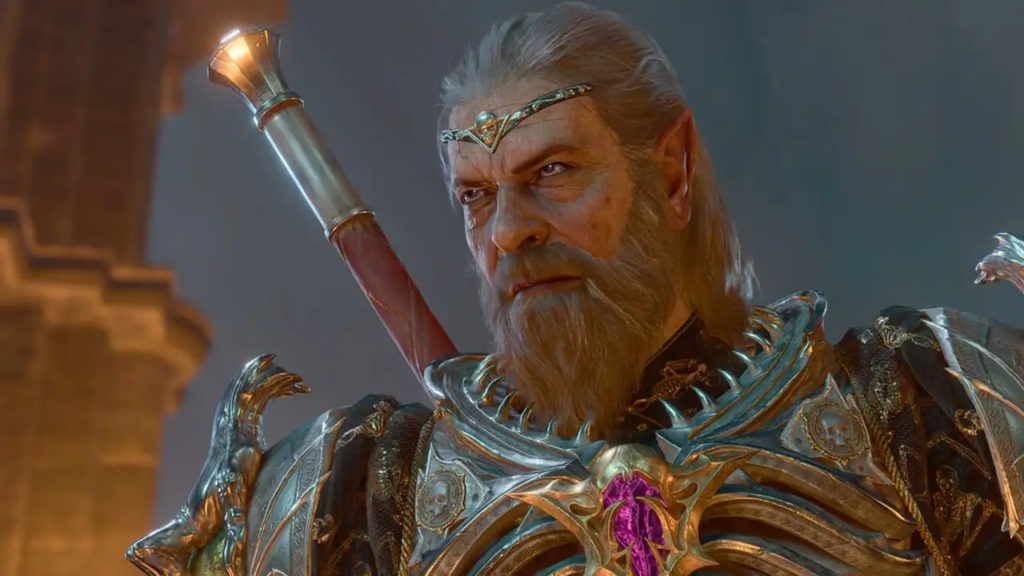
Set in the Forgotten Realms, over a century after the events of Baldur’s Gate 2: Shadows of Amn, the game plunges players into a world that is both familiar and refreshingly new. The main storyline, while not groundbreaking, serves as a solid backbone for the game’s numerous side quests, which often steal the spotlight. These quests are not mere distractions; they are intricate narratives that offer a wealth of lore, ethical dilemmas, and character development opportunities.
Players can either create their own character or select from seven pre-available characters. The story unfolds in two acts, beginning with your character being held captive on a mind flayer Nautiloid ship where Illithid tadpoles are implanted into you. These parasites have the potential to transform their host into mind flayers, one of the most feared creatures in the game. The first act revolves around finding a way to remove these parasitic tadpoles, a journey fraught with numerous barriers and threats.
A significant part of the story involves encountering Goblin cults who worship a mysterious entity called the Absolute, believed to be the creator of Mind Flayers. The choices made by the player at the end of Act 1 shape the story’s direction in Act 2, which takes you through the Shadow-cursed land. Finally, Act 3 takes place in the eponymous city of Baldur’s Gate itself, as you strive to protect it against the true threat behind the Absolute.
What makes the story of Baldur’s Gate 3 stand out is its intricate narrative that is deeply influenced by player choices.
The game offers a high level of immersion, making players feel like their decisions have a significant impact on the world around them. Whether it’s the moral dilemma of destroying the evil threat or seeking a way to dominate it for your own gain, or the smaller choices that shape your relationships with companions, the game offers a rich storytelling experience.
The game also employs a narrator, serving as a quasi-Dungeon Master, who guides the player through various scenarios and decision-making processes.
This is a nod to the game’s D&D roots and adds an extra layer of immersion to the storytelling. The narrator’s lines are well-written, informative, and often imbued with humor, seamlessly integrating into the gameplay.
A Well-Realized Cast of Characters

Character development is another area where Baldur’s Gate 3 shines. The game offers a plethora of companions who can join your quest. These companions you choose to accompany you on your journey are not mere sidekicks; they are complex characters with their own backstories, motivations, and roles to play in the unfolding drama.
For instance, Shadowheart, a Cleric, is not just a support character but a compelling individual with a rich narrative arc that intertwines seamlessly with the main story. On the other hand, Karlach brings a unique blend of combat prowess and emotional depth, serving as both a powerful Barbarian and a source of humor and joy.
Gale, a Wizard, starts off seemingly mundane but evolves into a character grappling with moral complexities, making him an engaging companion to explore.
The game also offers companions that cater to different playstyles and moral alignments. Minthara, a Paladin, is an excellent choice for those leaning towards a darker path, while Astarion, a Rogue, adds a layer of chaos and mischief to the group. Each companion’s story is well-crafted, offering players not just tactical advantages but also deeper emotional and narrative engagement. The voice acting for these characters is generally top-notch, adding another layer of immersion to the experience.
However, not all companions are created equal. Some, like Jaheira and Halsin, lack the narrative depth or combat versatility to make them stand out, feeling more like afterthoughts than integral parts of the story.
But even these lesser companions don’t significantly detract from the overall experience.
The game’s focus on character development ensures that your choices matter, not just in battle but also in how your story unfolds, making each playthrough unique and rewarding.
D&D Game Mechanics: a Double-Edged Sword
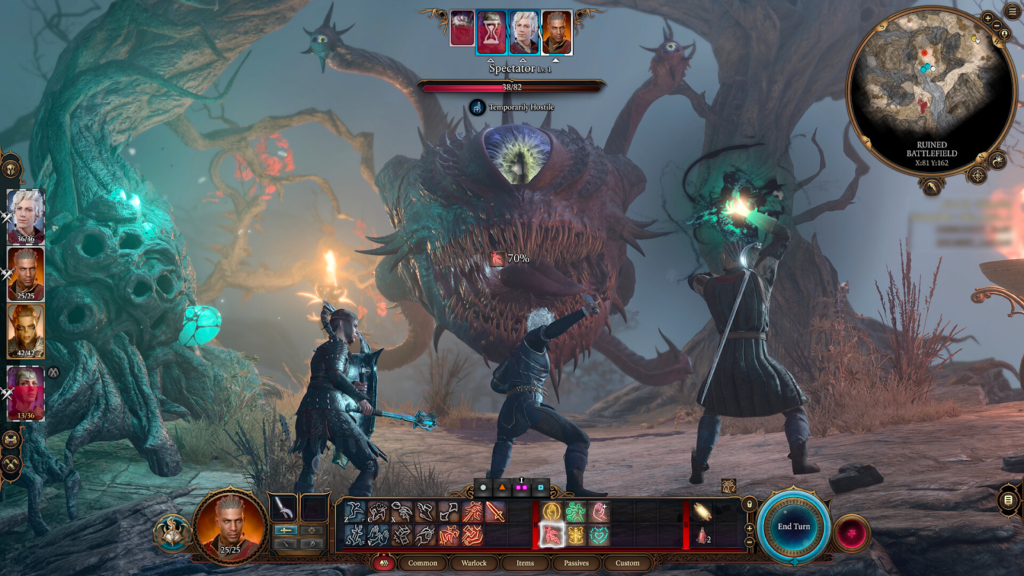
Baldur’s Gate 3 is a turn-based strategy game that leans heavily into its D&D roots. Almost every aspect of D&D’s complex systems is represented here, from abilities, spells, and damage rolls to armor class and saving throws. This makes for a gameplay experience that is incredibly rich and rewarding for those who take the time to delve into its intricacies.
However, this complexity can also be overwhelming, especially for players new to D&D or those who prefer a more streamlined RPG experience.
The combat system is a highlight, offering a depth of tactical options that will please fans of strategy games.
The turn-based nature allows for careful planning and execution, making each battle feel like a chess match where every move counts.
However, this can also lead to combat feeling slow or tedious, especially in encounters with multiple enemies or complex environmental factors. The game also lacks the flexibility of a human Dungeon Master, which can make some battles feel rigid and limit creative problem-solving.
Great Customization Options with a Unique Race System
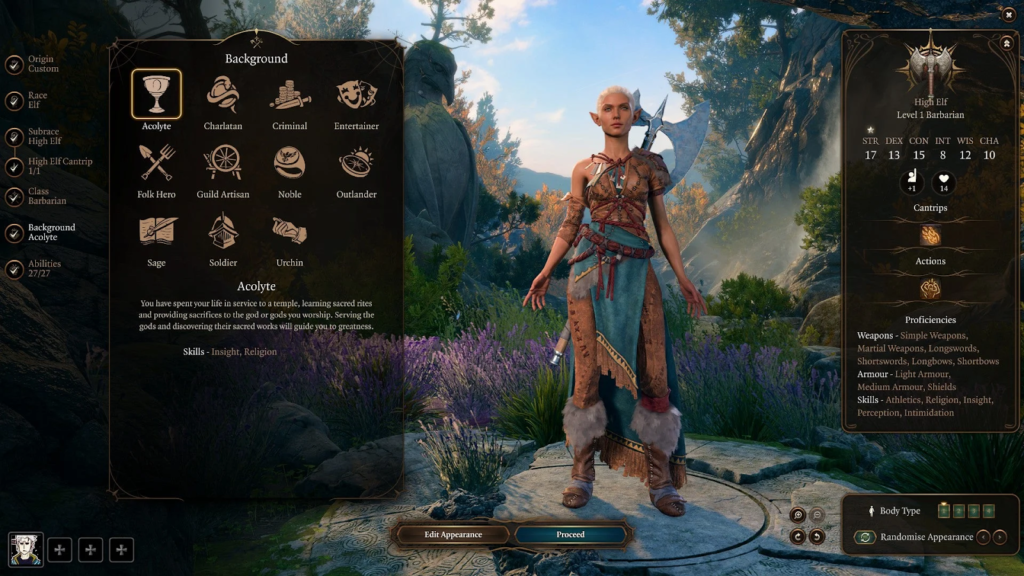
Character customization is another area where the game excels.
The character creation process offers a dizzying array of options, from choosing your race, class, and background to fine-tuning your abilities and appearance. This allows for a high degree of personalization, letting players create a character that truly feels like their own.
However, the sheer number of options can be daunting, especially for newcomers. Personally, I was intrigued by some of the unique races in a D&D setting, such as Tieflings and Dragonborns. I chose a half-elf fighter myself, which was predictably generic but still fun to play, and I also had the advantage of being able to see in darkness.
Romances Are an Unexpected Highlight
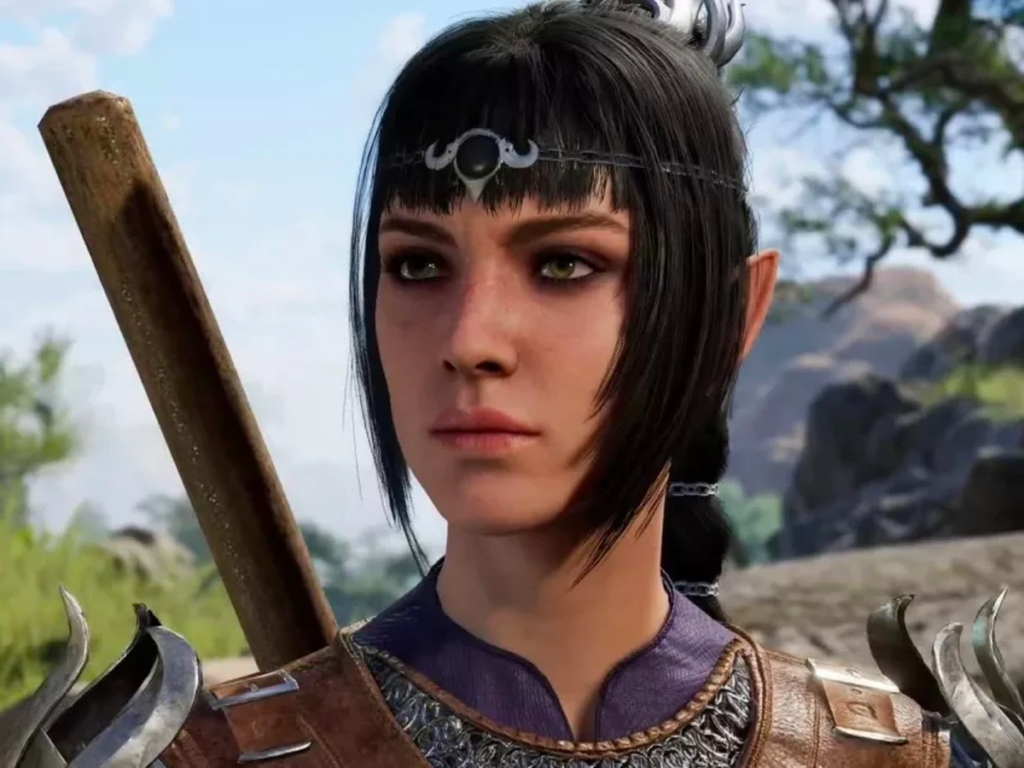
Baldur’s Gate 3 allows players to romance various characters, primarily focusing on party companions. Each companion comes with their unique set of qualities, complexities, and moral compass, making the romance options far from one-dimensional. For instance, Shadowheart, a devoted cleric of Shar, starts off as a tough nut to crack but opens up into a deep and fulfilling relationship if you earn her trust. On the other hand, Astarion, a vampire-spawn rogue, requires you to be a bit selfish and not overly heroic to win his heart. These intricate dynamics make each romance option a unique experience, adding layers of complexity to the game.
In my playthrough I romanced Shadowheart, and it was fantastic taking part in her character’s journey, and trusting her enough to make the right choices in difficult moments she faces in her quests. She also ended up being surprisingly open to the idea of ‘sharing’ my character with a hunky druid who badly wanted to jump her bones. So if you are a polyamorist, chances are that you will love this game.
What sets Baldur’s Gate 3 apart in the realm of video game romance is the real consequences your romantic choices have. Relationships aren’t just about triggering love scenes but can affect dialogue options, quest availability, and even the game’s endings. For example, romancing Minthara requires you to betray the Druid Grove, which comes at the cost of losing other companions. This level of integration makes the romance in Baldur’s Gate 3 not just an optional extra but a core part of the gameplay and story.
In addition to Shadowheart and Astarion, Baldur’s Gate 3 offers a variety of other romanceable characters, each with their own unique story arcs, personalities, and requirements for initiating a romantic relationship. For example, Gale, a human wizard, is a character who is initially quite friendly and open. However, as you delve deeper into a relationship with him, you’ll find that he carries a heavy burden that adds layers of complexity to your romantic interactions.
Then there’s Lae’zel, a Githyanki warrior, who is as tough as they come. Her romance is not for the faint-hearted; it requires a strong will and the ability to stand your ground. Unlike other companions, Lae’zel respects strength and decisiveness, and her romance route reflects that.
Wyll, the human warlock, offers yet another unique romantic experience. Known as the “Blade of Frontiers,” he is a man of the people with a heroic demeanor. However, his romance reveals insecurities and vulnerabilities that he hides from the world.
Technical Issues Hold the Game Back
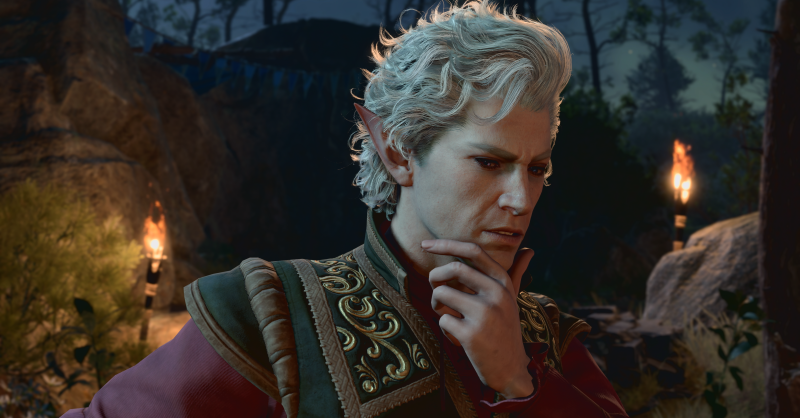
While Baldur’s Gate 3 is a marvel in many respects, it does suffer from some technical issues.
Players have reported various bugs and glitches, ranging from minor annoyances to game-breaking problems. Crashes have been reported, particularly during character leveling and skill selection, disrupting the flow of the game and causing frustration.
The game also makes some design choices that can be jarring. For example, it often loads into separate dialogue scenes even when there is no new dialogue to be had, breaking the immersion and disrupting the flow of gameplay. These issues are not insurmountable and are likely to be addressed in future updates, but they do mar the overall experience.
The Verdict
Baldur’s Gate 3 is a monumental achievement in many ways. It captures the essence of D&D in a digital format, offering a depth of storytelling, character development, and gameplay mechanics that is rarely seen in modern RPGs. However, its complexity is both its greatest asset and its most significant drawback. For every player who revels in the game’s intricate systems and narrative choices, there may be another who finds it overwhelming or inaccessible.
Technical issues, while not game-breaking, do detract from the experience, and certain design choices may not appeal to all players. However, these are minor quibbles in what is otherwise a masterfully crafted game.
With some refinements, Baldur’s Gate 3 has the potential to be not just a great RPG, but a defining experience that sets a new standard for what the genre can achieve.
In its current state, Baldur’s Gate 3 is a masterpiece in progress—a game that offers an unparalleled depth of experience for those willing to invest the time and effort to explore its many layers. It is a game that challenges and rewards in equal measure, offering a rich, immersive world that will captivate fans of the franchise and newcomers alike. With future updates and refinements, there is little doubt that this title will go down as one of the greats in RPG history.






















